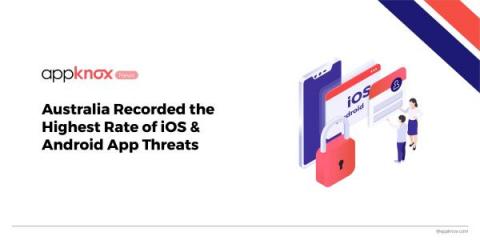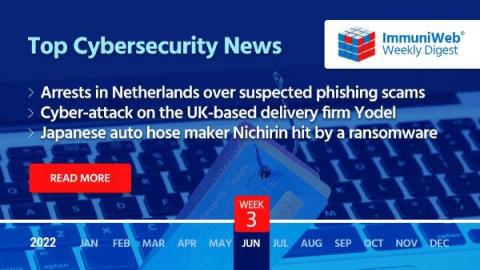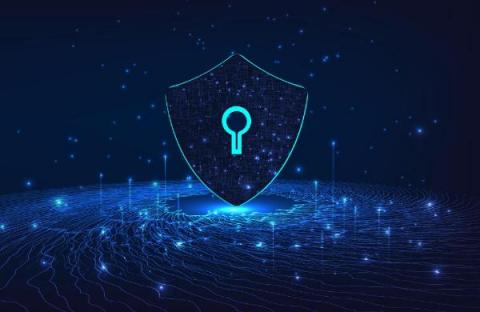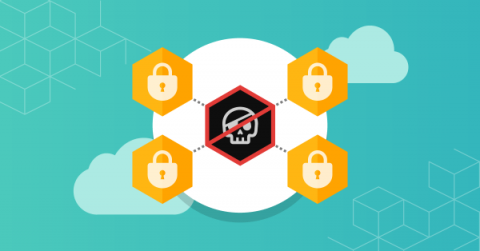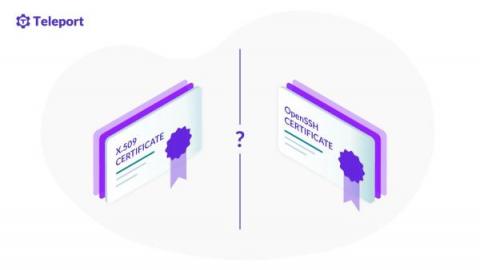Australia Recorded the Highest Rate of iOS & Android App Threats
Navigating the internet in 2022 is more dangerous than ever for Australian netizens. The risks to the privacy of Australian customers are at an all-time high, as the nation has reported the highest percentage of mobile threats globally, standing at 26.9%. The average Australian netizen uses web-based mobile apps to browse, entertain, communicate, and shop online.


